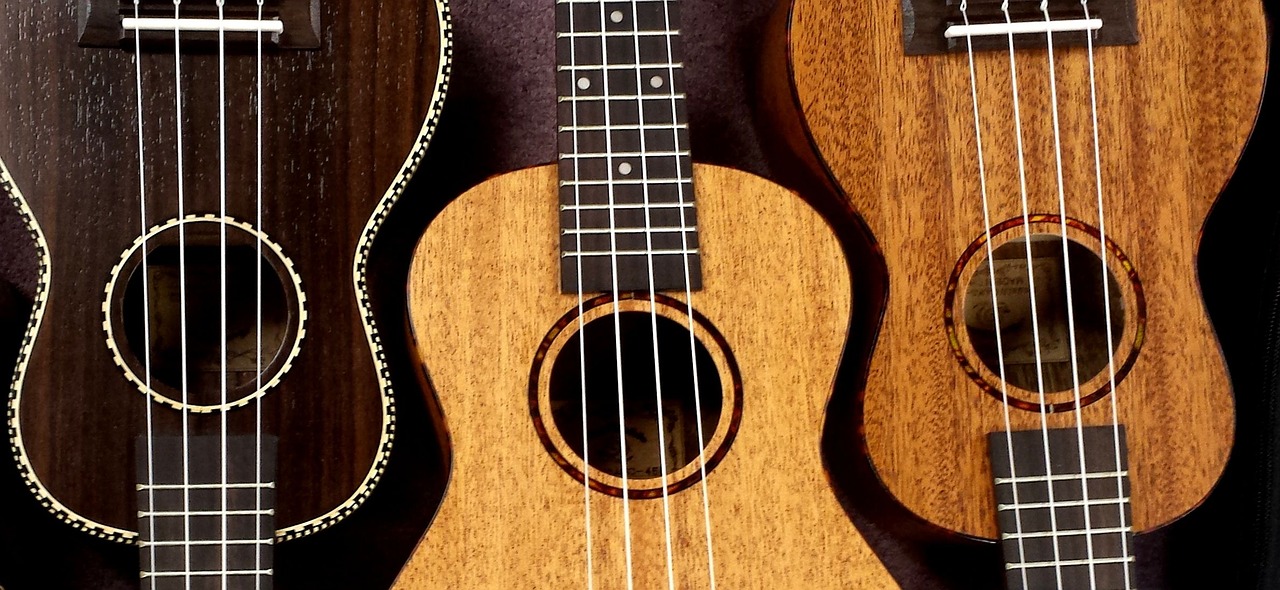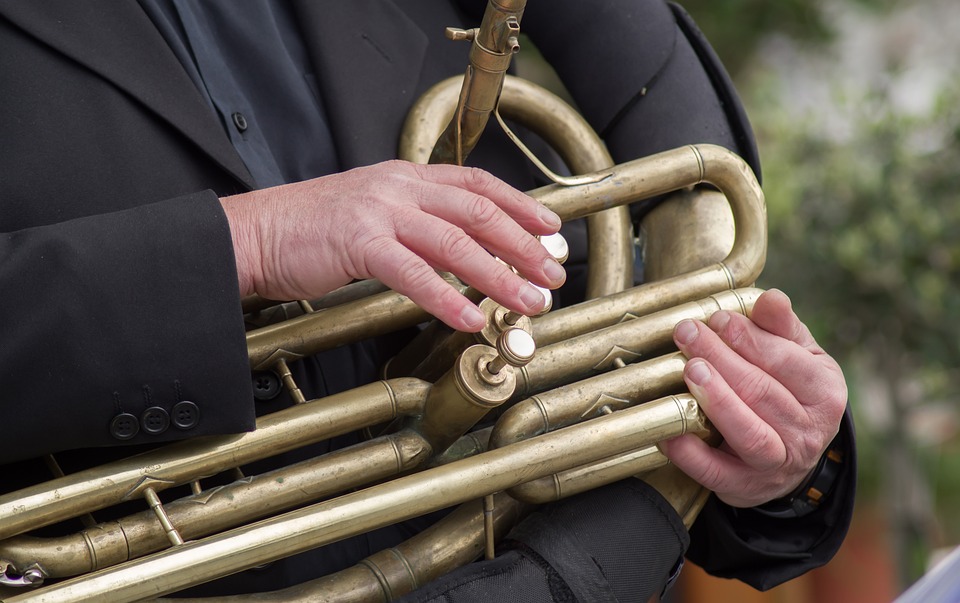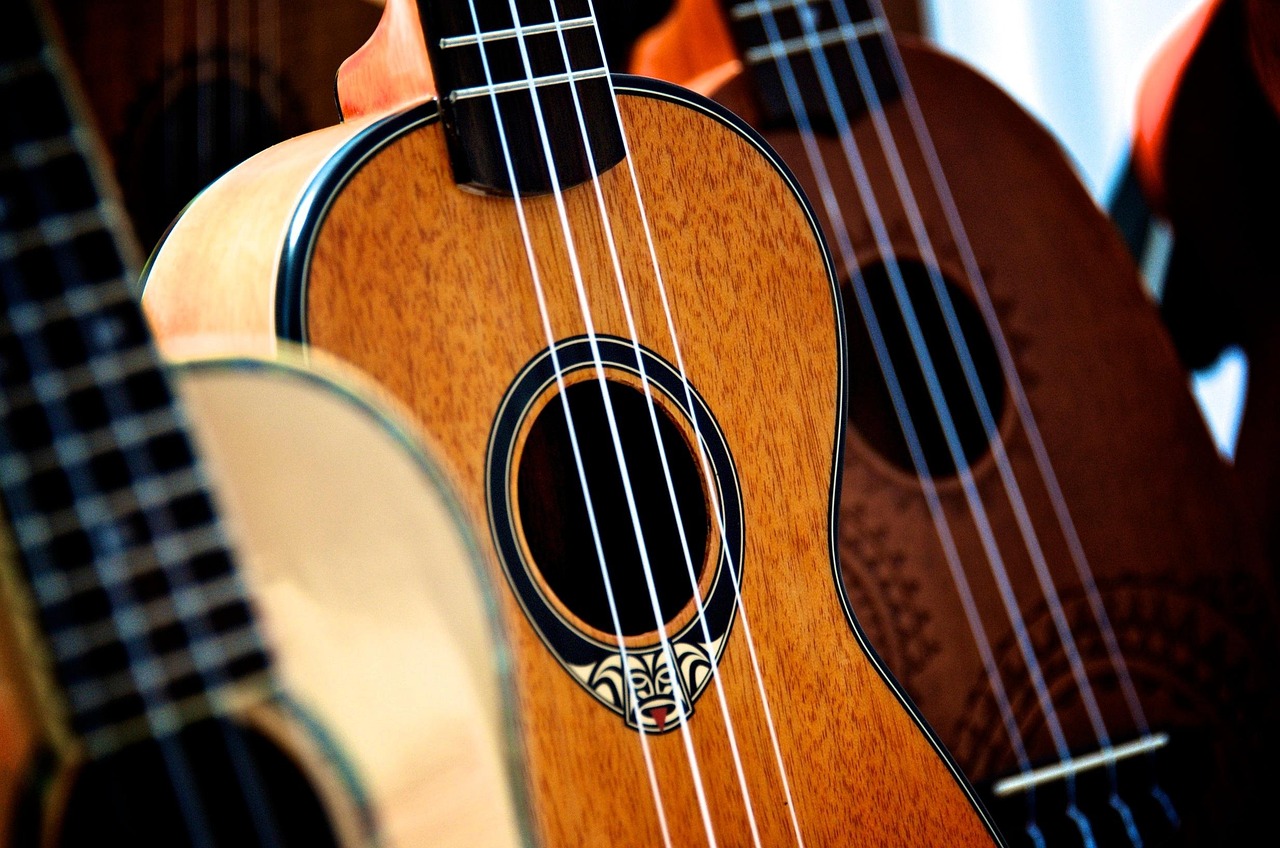What is Tempo in Music?
Janvi Arora
- 20 January, 2025
- 8 min read

Table of Contents
Tempo in music serves as the pulse that breathes life into compositions, anchoring the rhythmic framework upon which melodies and harmonies unfold. Each tempo marking, whether it’s the deliberate pace of largo or the rapid energy of presto, profoundly shapes how listeners experience the emotional journey of a piece. A slow adagio, for instance, invites listeners into a contemplative realm, where subtle nuances of melancholy or introspection can be explored through measured rhythms and deliberate phrasing. Conversely, a lively allegro quickens the pulse and injects a sense of vitality and anticipation, driving forward momentum and igniting feelings of joy or exhilaration within the listener.
Musicians adhere meticulously to tempo markings inscribed in sheet music, respecting the composer’s intent while infusing their interpretations with personal expression. This fidelity to tempo not only ensures structural integrity across diverse performances but also enhances the music’s ability to communicate nuanced emotional landscapes. It allows performers to navigate through dynamic contrasts and dramatic shifts in tempo, thereby heightening the dramatic tension or soothing the listener’s soul with serene passages.
Across musical genres, from the classical orchestral stage to the pulsating beats of electronic dance music, tempo remains a foundational element that defines stylistic characteristics and audience engagement. Classical compositions often cover a wide spectrum of tempos to convey complex emotions and thematic developments. At the same time, modern genres like jazz and electronic music employ tempo as a catalyst for rhythmic innovation and dance-floor dynamics. Mastery of tempo empowers musicians to articulate their artistic intentions precisely, wielding tempo changes to sculpt narrative arcs and amplify emotional impact. Whether aiming for tranquillity, passion, or sheer exuberance, a deep understanding and skilful execution of tempo enrich musical performances, fostering profound connections between artists, compositions, and audiences worldwide. If you are curious to explore the influences of tempo on specific musical contexts or genres, visit Torrins and get started with Guitar Lessons, Piano Lessons and Bass Lessons.

The Importance of Tempo
Tempo stands as a cornerstone of musical expression, playing a multifaceted role in guiding both performers and listeners through a dynamic journey of emotions and narrative arcs. Beyond its foundational function of setting a pace, tempo serves as a potent artistic tool wielded by composers to evoke specific moods and atmospheres. A brisk allegro injects pieces with vigour and excitement, propelling listeners through energetic passages that evoke feelings of joy or urgency. Conversely, a leisurely adagio slows the tempo to a reflective pace, imbuing compositions with a sense of contemplation, melancholy, or even serenity, inviting introspection and emotional depth.
In ensemble performances, the tempo becomes a unifying force that fosters cohesion and synchronicity among musicians. Whether in orchestral symphonies where precision is paramount or intimate chamber settings demanding nuanced interplay, adherence to a consistent tempo ensures that complex musical structures unfold with clarity and coherence. This unity not only enhances the technical execution but also amplifies the expressive impact of the music, allowing intricate compositions to resonate harmoniously and convey their intended emotional messages effectively.
Across musical genres, tempo delineates stylistic identities and rhythmic frameworks that define each genre’s sonic landscape. Classical music thrives on its meticulous tempo markings, enhancing the structural elegance and emotional depth of symphonies and concertos. In contrast, genres like jazz and rock embrace tempo as a dynamic canvas for improvisation and rhythmic experimentation, showcasing its versatility in shaping diverse musical expressions. Whether in traditional forms or contemporary innovations, tempo transcends technicality to embody the essence of musical expression, shaping cultural identities and forging profound connections with audiences worldwide.

Different Tempos in Music
Here are some different types of tempos commonly found in music:
1. Largo: A slow tempo, conveying a sense of grandeur and solemnity, often found in classical music for dramatic effect.
2. Adagio: Slow and leisurely, allowing for expressive and lyrical phrasing, often associated with romantic and reflective compositions.
3. Andante: A moderate tempo, suggesting a walking pace, providing a balanced flow that is neither too fast nor too slow.
4. Moderato: A moderate tempo, indicating a moderate speed that is steady and even, typical in many classical and contemporary pieces.
5. Allegro: Fast and lively, conveying energy and excitement, commonly used in upbeat classical compositions and various forms of dance music.
6. Vivace: Very fast and spirited, encouraging a lively and joyful performance, frequently found in lively classical compositions and virtuosic passages.
7. Presto: Extremely fast tempo, demanding rapid execution, often used in exhilarating passages requiring technical prowess, such as classical and contemporary virtuosic music.
Each tempo type carries its character and influences the mood and interpretation of the music, guiding performers and enhancing the listener experience through its pace and rhythmic intensity.
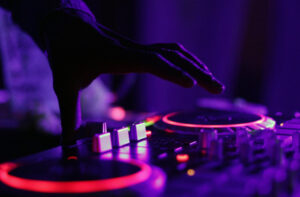
Tempo Changes Within a Piece
Tempo changes within a musical composition deeply influence how listeners experience and interpret the music. Accelerando, characterised by its gradual increase in tempo, heightens the intensity and anticipation within the piece. This technique builds momentum towards climactic moments or dramatic shifts, effectively engaging listeners by intensifying emotional impact and maintaining their interest through a sense of forward motion. It propels the music forward with a sense of urgency and excitement, driving towards peaks of energy that amplify the emotional stakes of the narrative.
Conversely, ritardando introduces a contrasting effect by gradually slowing down the tempo. This deliberate deceleration creates moments of introspection, suspense, or resolution, allowing listeners to dwell on poignant themes or emotional transitions within the music. Ritardando provides a nuanced exploration of emotional depth, evoking feelings of reflection, melancholy, or serene contemplation as the music concludes. This technique encourages listeners to engage more deeply with the music’s thematic content, enhancing their emotional connection and enriching their overall experience.
A tempo functions as a pivotal anchor amidst these fluctuations, marking a return to the original tempo after periods of acceleration or deceleration. This return restores equilibrium and continuity within the composition, serving as a crucial element in maintaining coherence and guiding listeners through the narrative arc. By reintroducing the familiar tempo, a tempo reaffirms the structural integrity of the piece, signalling pivotal transitions and ensuring that listeners remain grounded throughout their musical journey. Together, these tempo changes weave a compelling narrative that captivates audiences, leading them through a dynamic emotional landscape shaped by the composer’s artistic vision. They enhance the music’s impact by evoking a spectrum of emotions—from exhilaration and suspense to tranquillity and resolution—leaving a lasting impression that resonates deeply with listeners long after the music has ended.

The Role of the Metronome
Metronomes are indispensable aids for musicians, serving as reliable tools that establish and maintain precise tempos throughout both practice sessions and live performances. By emitting regular, audible clicks or beats at predetermined intervals, metronomes enable musicians to develop and sustain consistent rhythmic patterns. This consistency is foundational for cultivating a strong sense of timing, which is essential for mastering intricate musical passages, improving technical proficiency, and refining ensemble coordination in collaborative settings. Whether in solo practice or group rehearsals, the metronome’s steady guidance allows musicians to build stamina and endurance, gradually increasing tempo through methods like accelerando (gradual speeding up) or ritardando (gradual slowing down), thereby fostering disciplined tempo control and facilitating incremental skill development.
In ensemble playing, metronomes play a crucial role in synchronizing performers across different instruments and sections. They ensure uniformity in musical interpretation and timing, promoting cohesive performances where every musician plays in harmony and unison. This synchronization not only enhances the overall precision of the ensemble but also fosters a shared musical vision among performers, reinforcing the collaborative spirit essential to ensemble dynamics. Beyond these technical advantages, metronomes also aid musicians in internalizing rhythm, helping them develop a keen sense of musical expression and interpretative skills. By providing a reliable foundation of rhythmic stability, metronomes empower musicians to explore and experiment with artistic nuances, enhancing their ability to convey emotions and tell compelling musical stories.
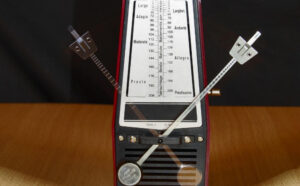
In conclusion, metronomes are invaluable tools that contribute significantly to musicians’ precision, cohesion, and overall proficiency across diverse musical genres and performance contexts. They support the development of essential musical skills, from accurate timing and technical prowess to collaborative teamwork and expressive interpretation. By fostering a disciplined approach to tempo and rhythm, metronomes play a pivotal role in shaping musicians into well-rounded performers capable of delivering engaging and impactful musical experiences. To enhance your practice sessions, try our online metronome, and check out our Free Guitar Lessons, Free Piano Lessons, and Free Bass Lessons.

